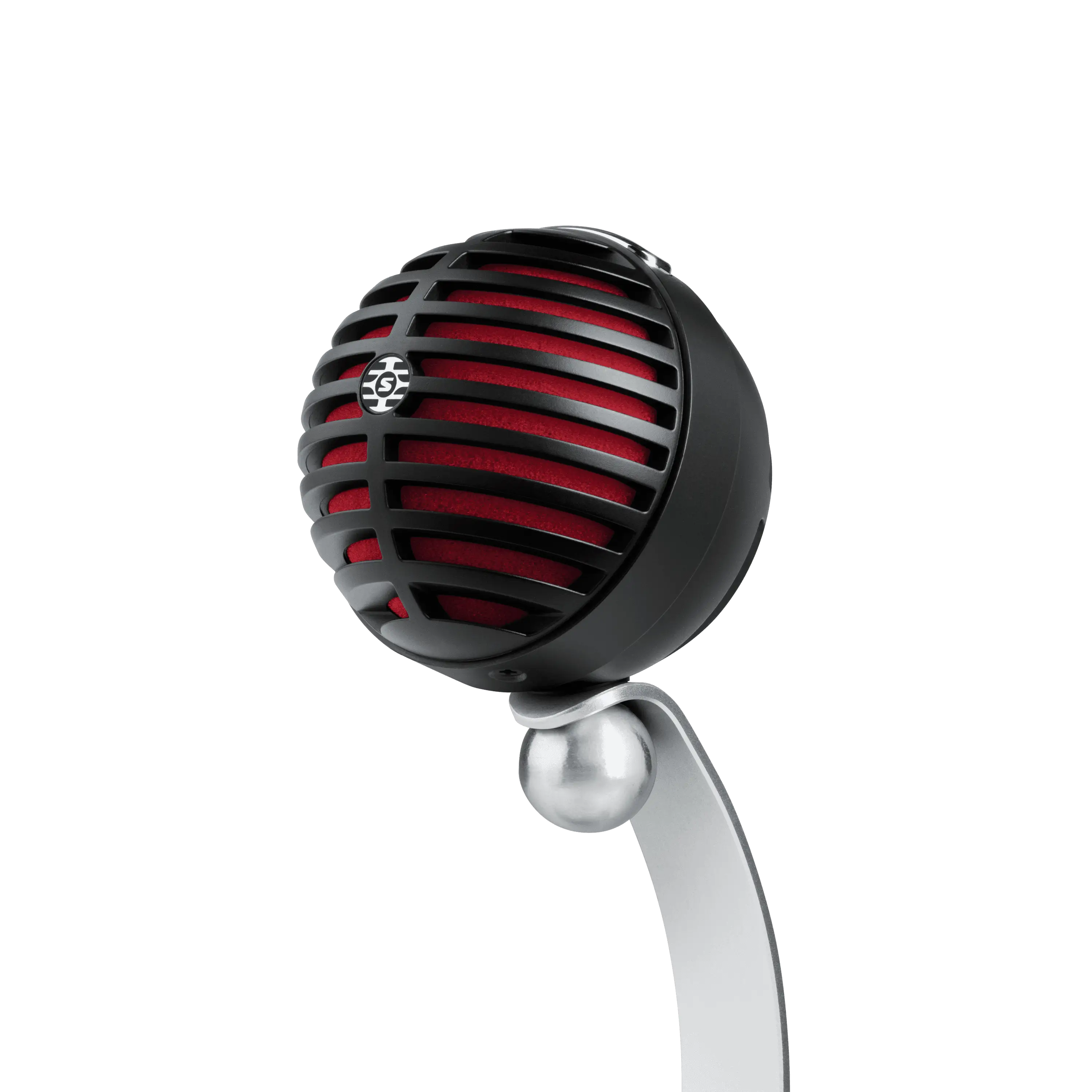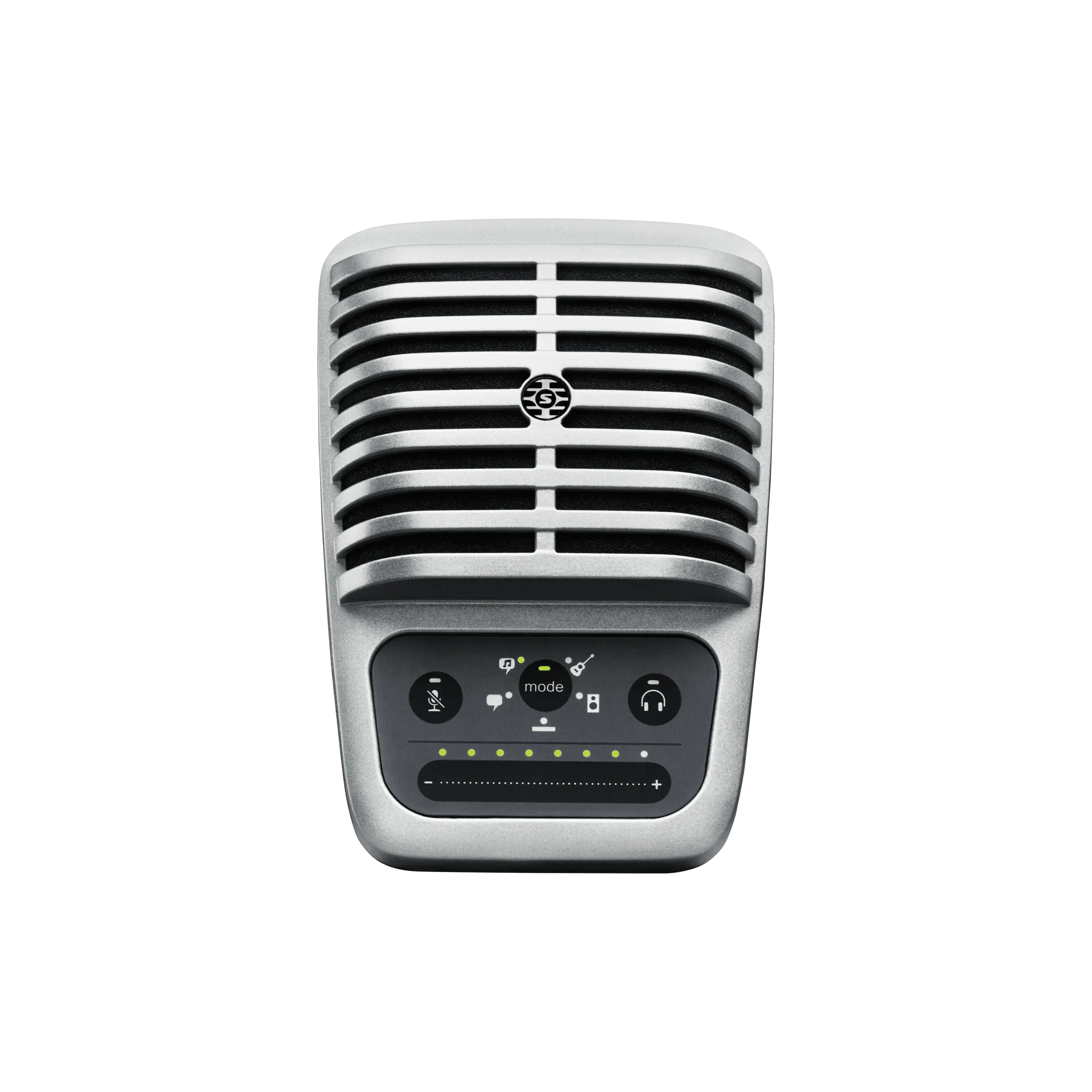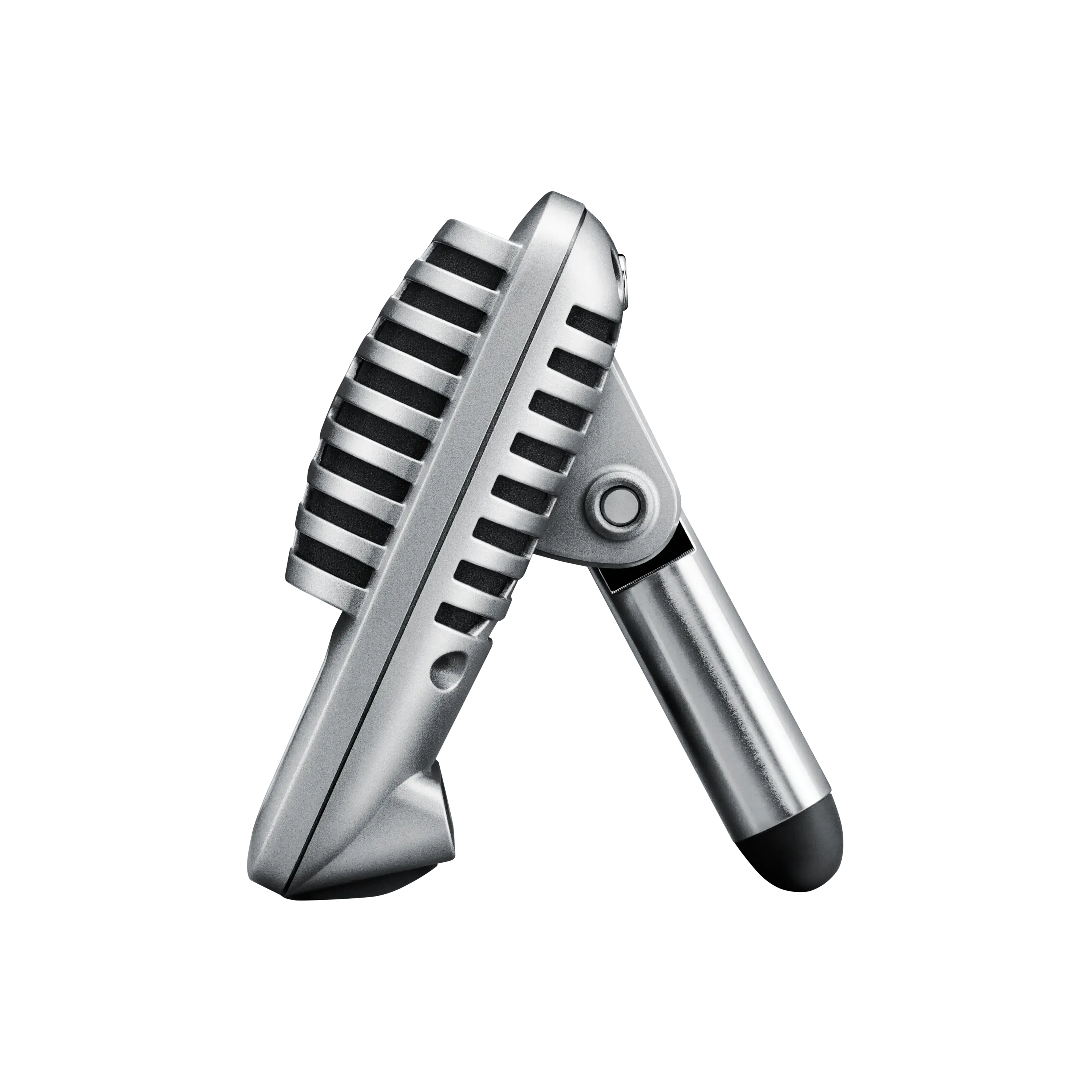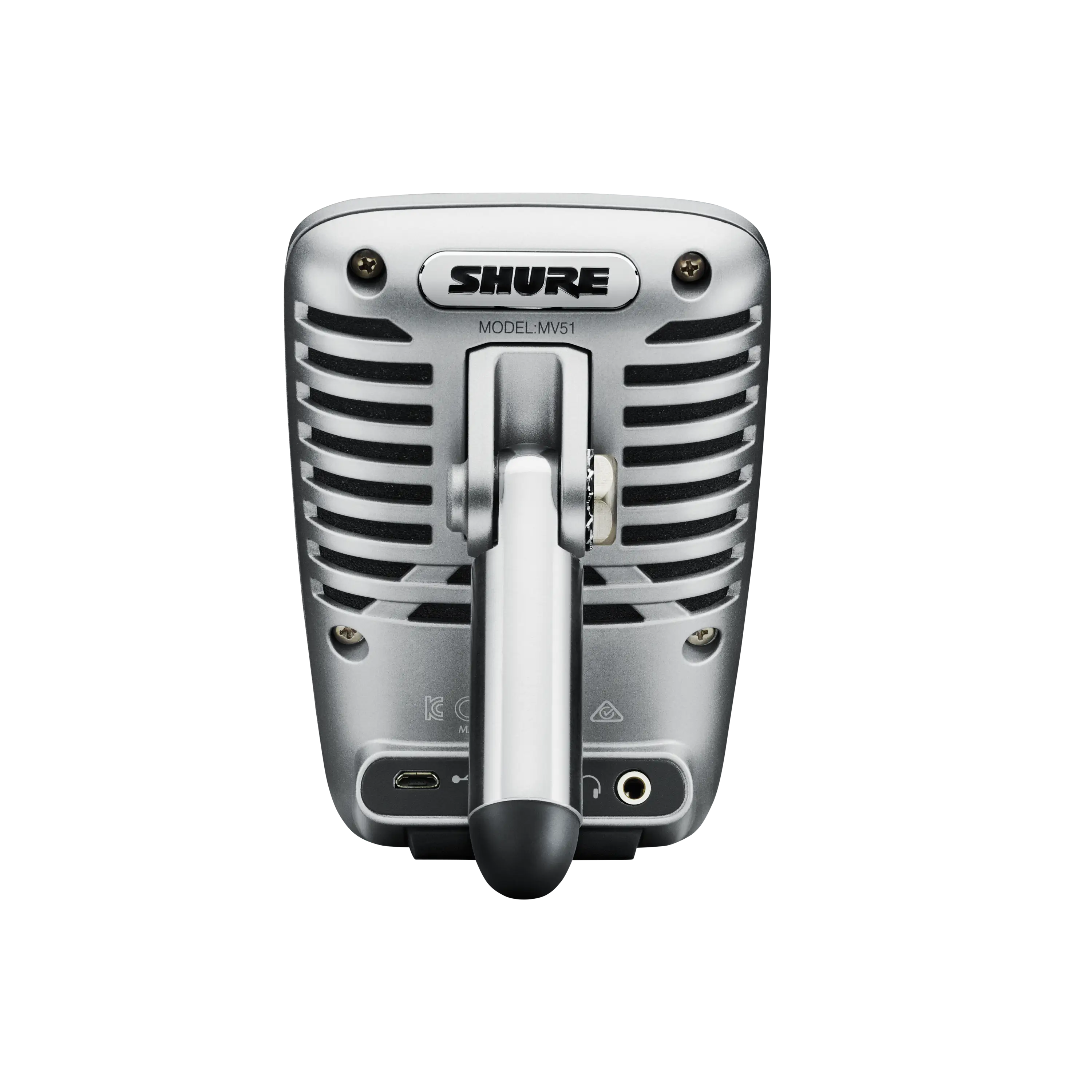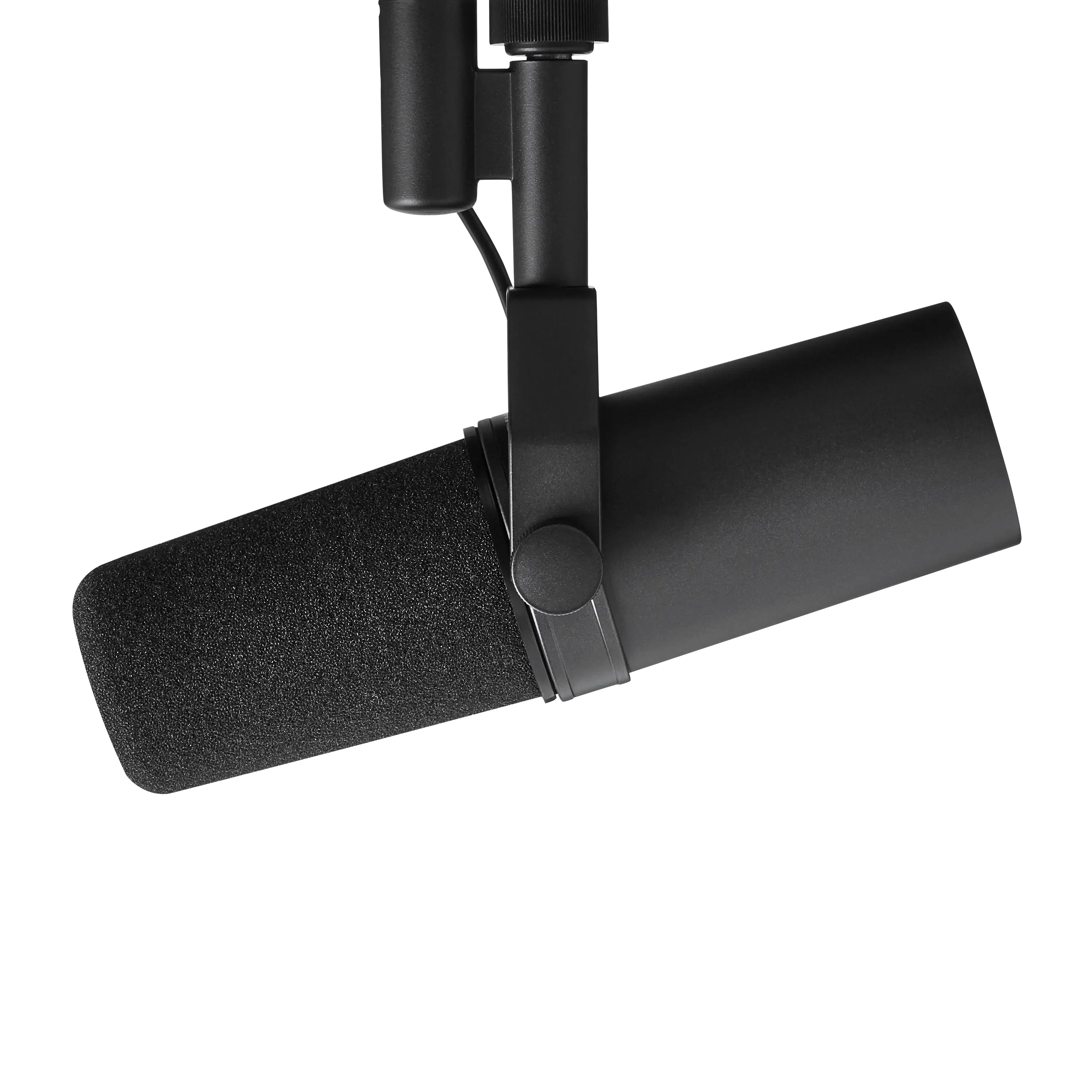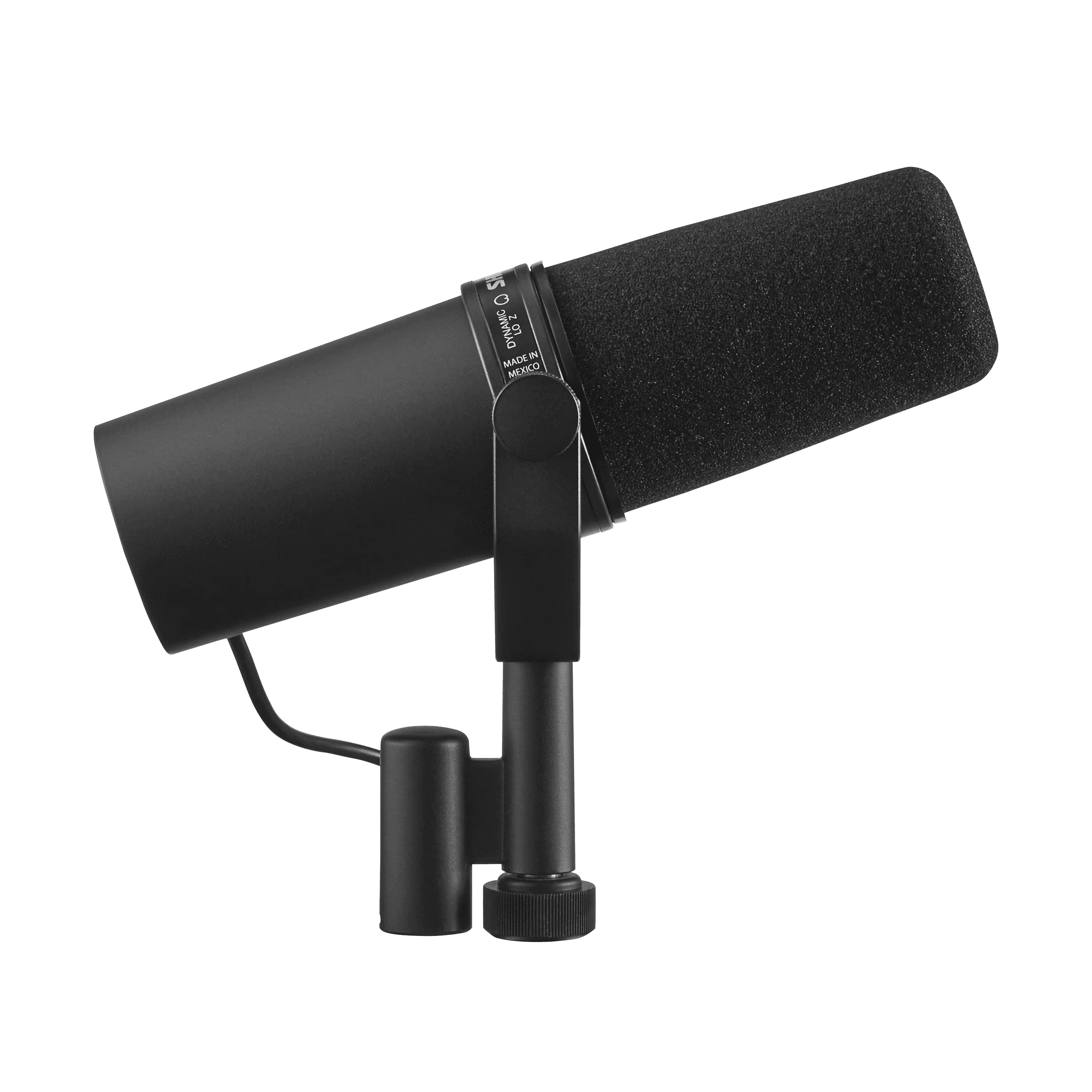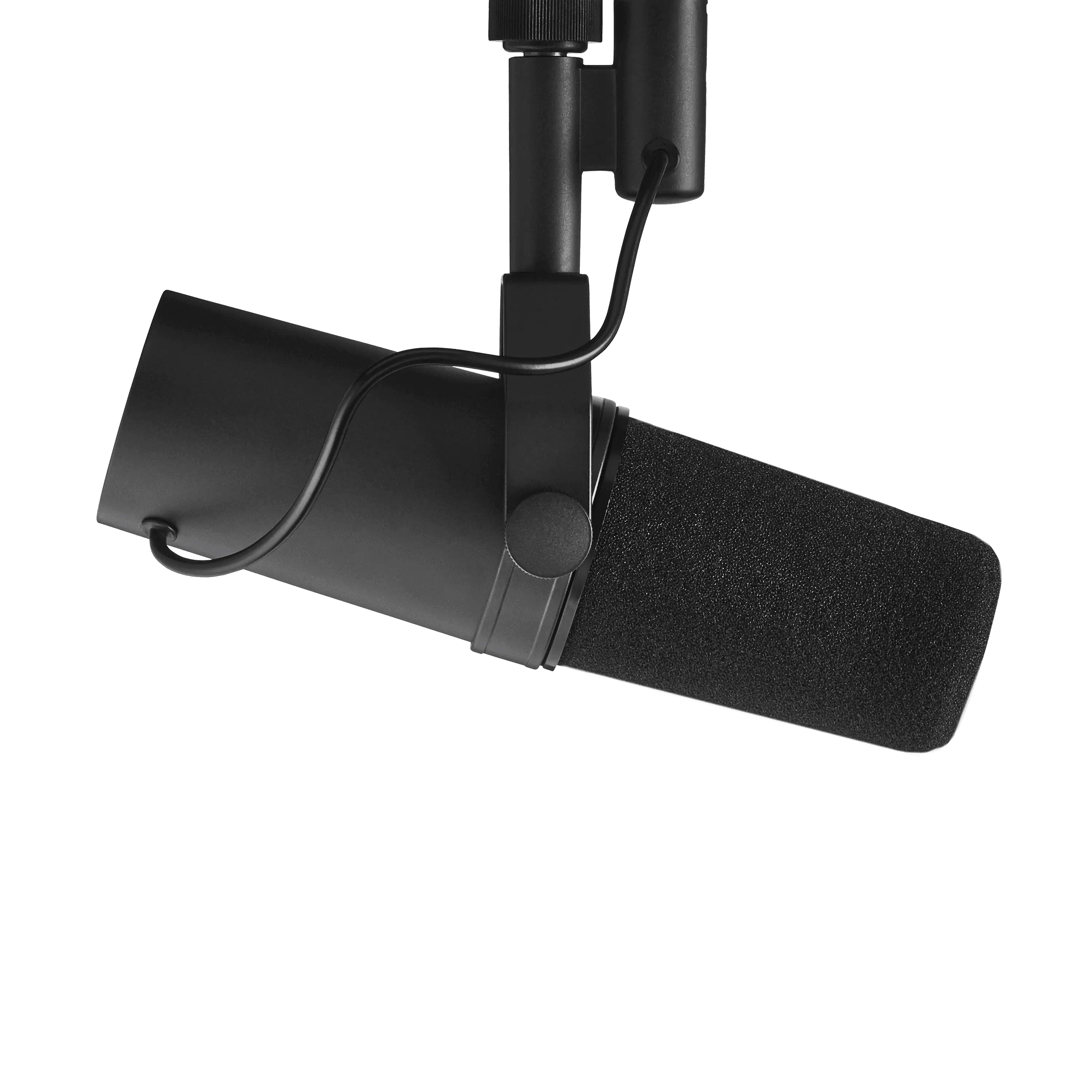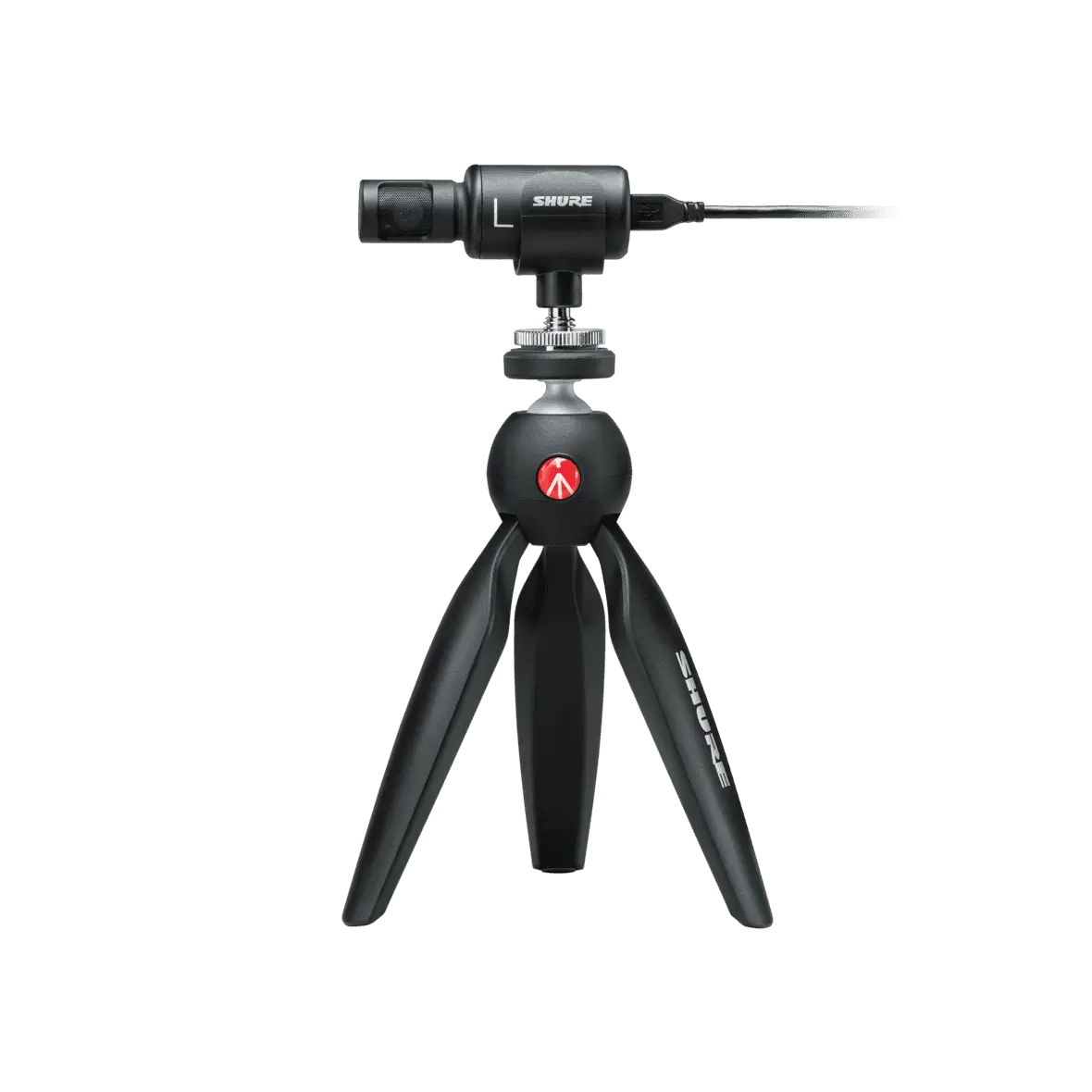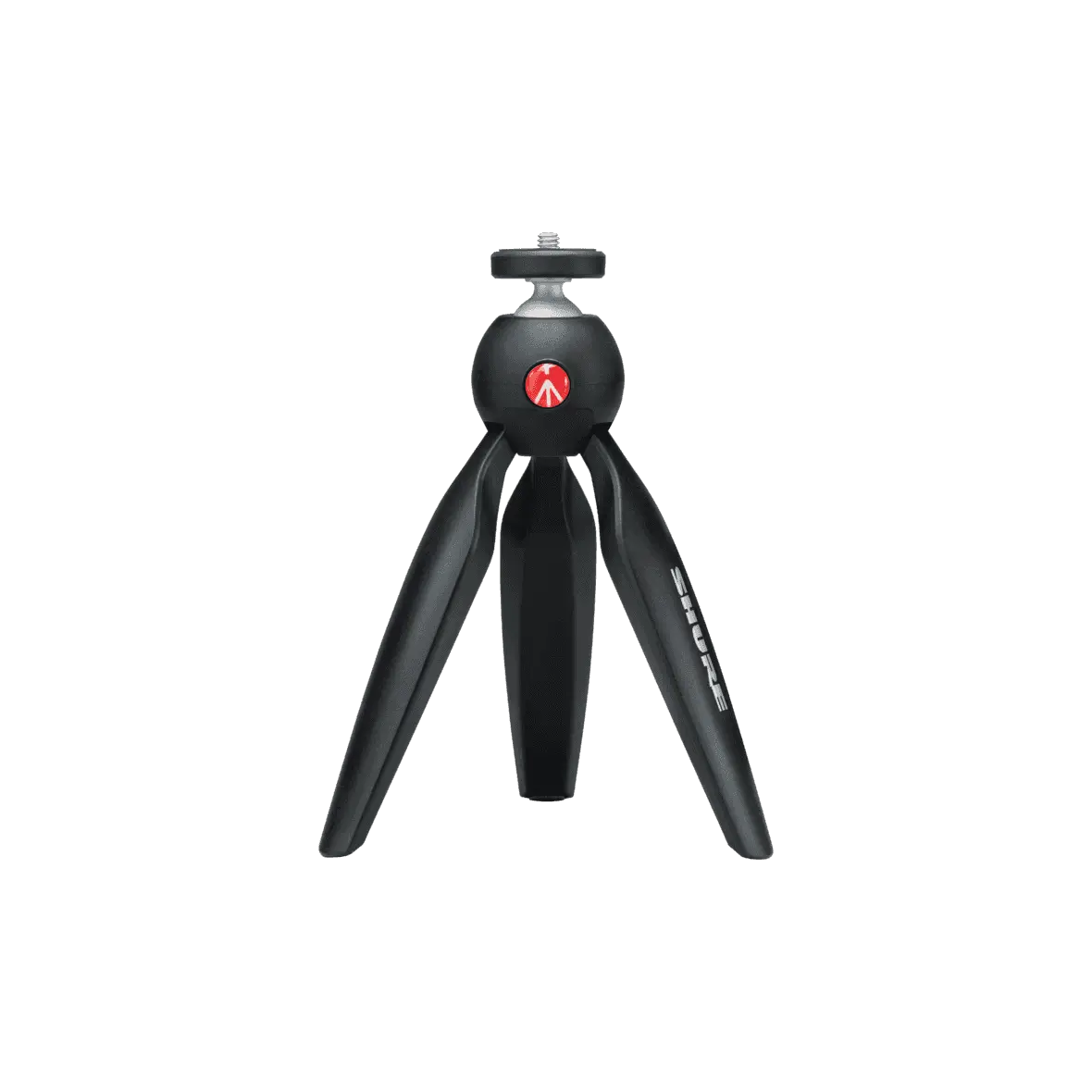How to Produce a Podcast from Home

Lousy acoustics, remote interviews and more: Recording a podcast from home can be a real challenge. JILL BEYTIN from the BEAR RADIO podcasting network has some pointers to ensure you sound great.
For the past several weeks, my colleague and I have had to switch from using professional studios to producing a daily podcast from the confines of my bedroom. Of course, we’re not alone: People around the world have been confronted with government-mandated quarantines and work-from-home directives.
While it has been stressful adapting to our new podcasting reality, we’ve learned a ton about how to streamline the home recording process. Below you’ll find some methods we’ve used to hone our production while we’re all stuck at home.
For anyone interested in digging deeper, we’ll be holding a digital workshop “Podcasting From Home: The Fundamentals” this Thursday (April 9, 2020), where we’ll teach you everything you need to know. There are still some spots left, and you can join from anywhere in the world.
Soundproofing Your Space
Once you’re forced to podcast from home, you’ll quickly have to learn how to deal with the acoustic limitations of where you live. When you think of a professional recording booth, there are two main factors controlling sound quality: soundproofing and acoustic treatment.
Your home won’t likely have a completely isolated, soundproof room, but there are ways to work with what you’ve got. Remember: the better sounding your audio is when recording, the less worries you’ll have trying to mitigate noise and echo while editing. We’ve gotten great sound from our home soundproofing techniques, as simple as they may be.

Firstly, don’t record in your bathroom or kitchen! Bathrooms – with all the hard surfaces – are extremely prone to echo, and if you have any kind of fan, you’ll have to deal with that as well. Recording in the kitchen is also less than ideal. Your fridge makes noise. Your dishwasher makes noise. The pipes and lighting make noise. Don’t do it! When you’re recording, be sure to turn off your heating or air conditioning and close all the windows.
Instead, find a soft, small space in your home. If you live in a home with a closet for your clothes, that’s a perfect place for recording. The goal is to deaden the sound and echo in the room as much as possible. Even Ira Glass of This American Life has had to improvise. We’ve been using a combination of my own clothes and duvets draped across my shelves and clothing racks. We’ve got most of the room covered with soft materials. I also have a carpet and a couch in the room, so most of the space in my room isn’t as acoustically reflective as a traditional prewar apartment in Berlin.
If you can’t completely deaden the room, it’s great to put up a heavy blanket and place the microphone in front of that. At least you’ll be speaking directly into a soft surface. Many podcasters buy traditional “egg crate” insulation to deaden noise, but you can also use a cheap foam mattress topper and affix that to a wall as well. It’s quite easy to deaden a room regardless of your budget, so get creative and think about what soft materials you already have! For voiceover work, you’ll even want to crawl under a blanket. But make sure you aren’t hunched over, as this will affect your voice.
Briefing Your Guests
Some of your guests might not have done a real interview before, let alone an interview over the phone or video chat. So when you conduct your pre-interview call with them, it’s important to not only respond to any concerns or questions they may have about the interview itself, but to instruct them on how to get the highest-quality audio in their own environment. Make sure your interviewee is in a quiet, small space. If they’re in an echoey room, it will greatly impact the sound quality. Also, you’ll want to test their levels. Make sure that they are sitting in a comfortable position, that they’re not fidgeting or pacing around, and have water nearby.
Phone Interviews
Of course, your guests might not have access to the same professional mics you have at home. If the interview is important, you might consider sending them an affordable USB or Lightning microphone that they can return to you. If you can’t do that, ask your guest if they have wired earphones (not Bluetooth) with a lapel microphone like the standard earbuds coming with most iPhones.
Otherwise, have them talk directly into the phone as if they’re having a normal phone conversation. Make sure that they don’t have the speakerphone on, and ideally call them on a regular phone line rather than an internet call. Use applications like WhatsApp only when making international calls with guests.
For a phone interview, simply record your side of the conversation with your own microphone and interface. Ideally, you’ll have an interface or mixer allowing the phone call to be plugged directly into your digital audio workstation (DAW). Be sure to record both tracks separately. Once the interview is over, you can manually match up the two tracks if your DAW doesn’t allow for multitrack recording with a phone call.
Video Chat Interviews
Video conferencing is rapidly growing in popularity in the era of home office lockdowns. While it’s possible to record a Zoom call or Google Hangout, it’s a better to use an extension called Soundflower, which connects your Skype/Zoom/Hangout audio output directly to your DAW. You can then select “Soundflower” as your input when you start recording.

Zencastr is another amazing tool, but make sure you have a stable internet connection for the service to work properly. Zencastr enables you to record both sides of an interview directly through your computer (or headset) microphone. It then compresses and adds effects to the audio to make it sound as professional as possible.
However, there are a few things to keep in mind when using Zencastr. Firstly, there unfortunately is no mobile version of the application. Also, you’ll want to make sure that your guest leaves their Zencastr browser window open until the application has fixed their audio and uploaded it. If they close the window too early, it will interrupt the upload process and you’ll lose their audio. Lastly, Zencastr is only available for the Google Chrome browser – so if you have guests using Safari or Mozilla, they’ll have to download Chrome first.
If you manage to get these home recording fundamentals down, it will allow you to focus on your guest and their story. And that will make for a better podcast – no matter where you’re recording it!
Jill Beytin is founder of Bear Radio, an English-speaking podcasting network and community in based in Berlin, Germany. She has worked at radio stations around the world, including NPR in Washington, DC.


